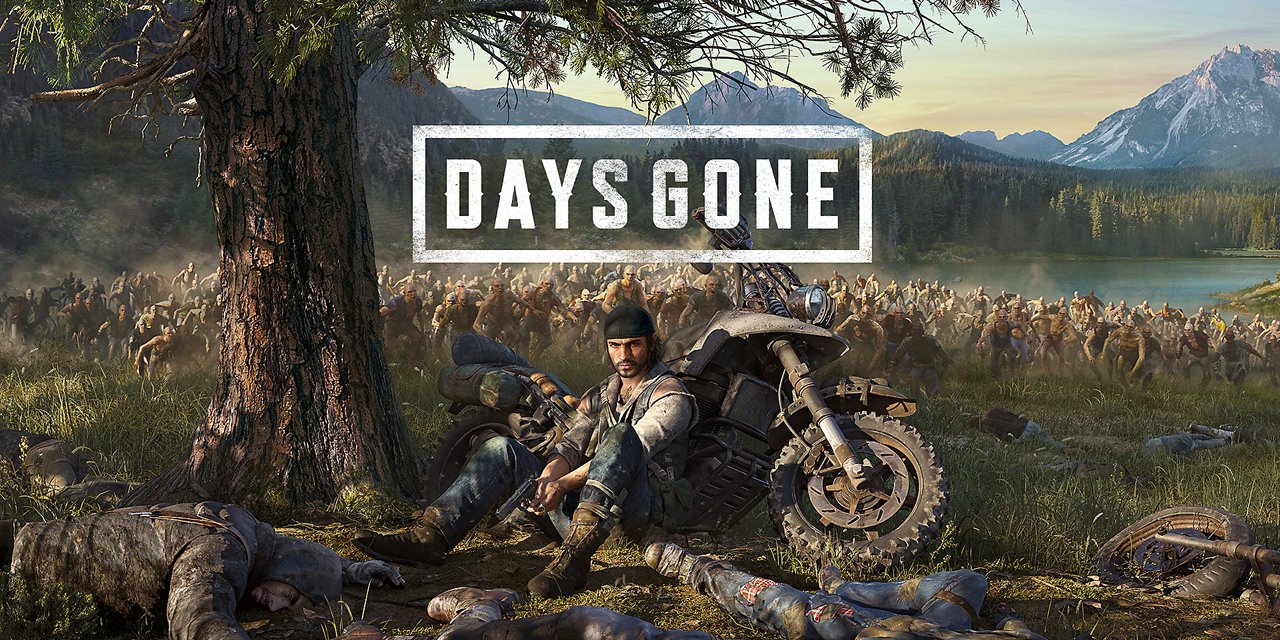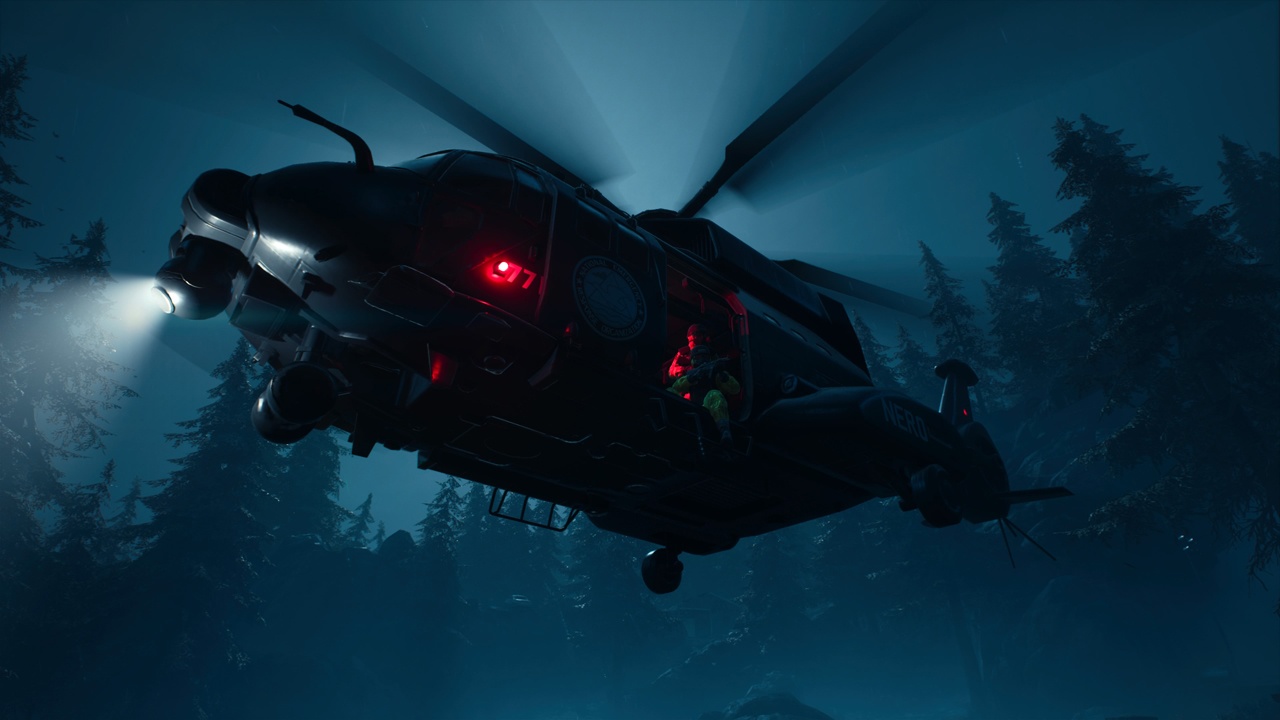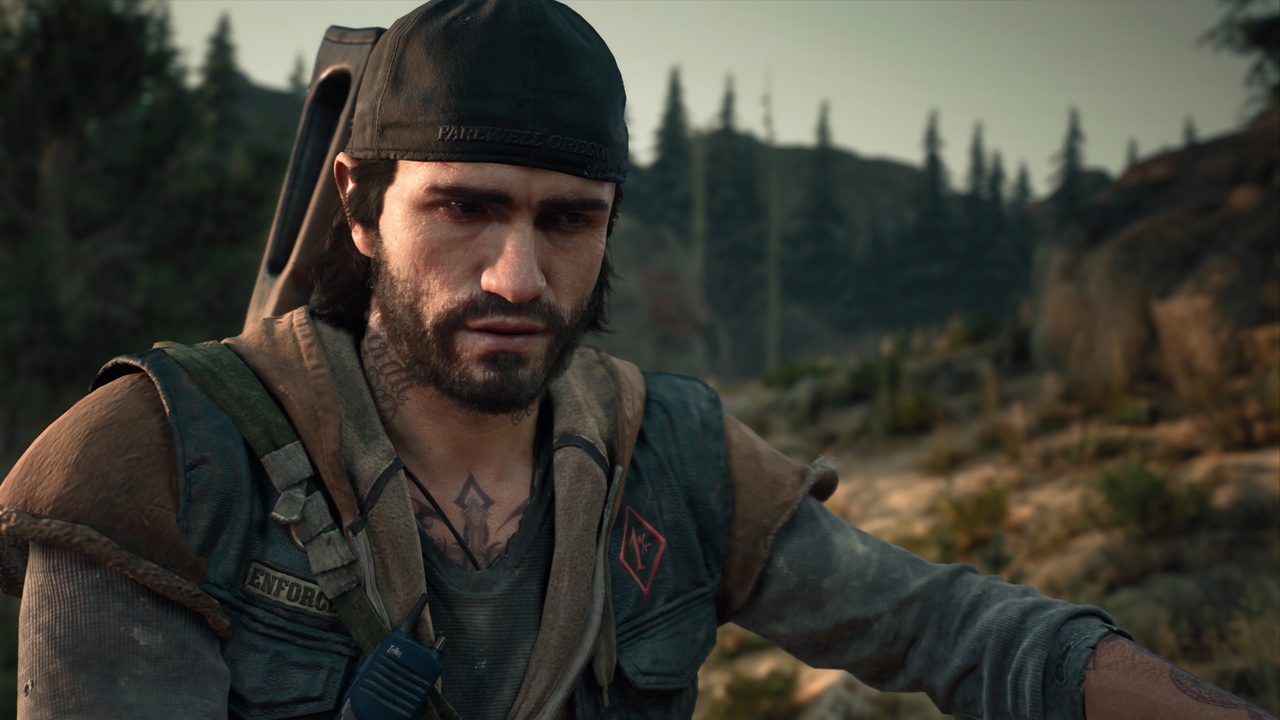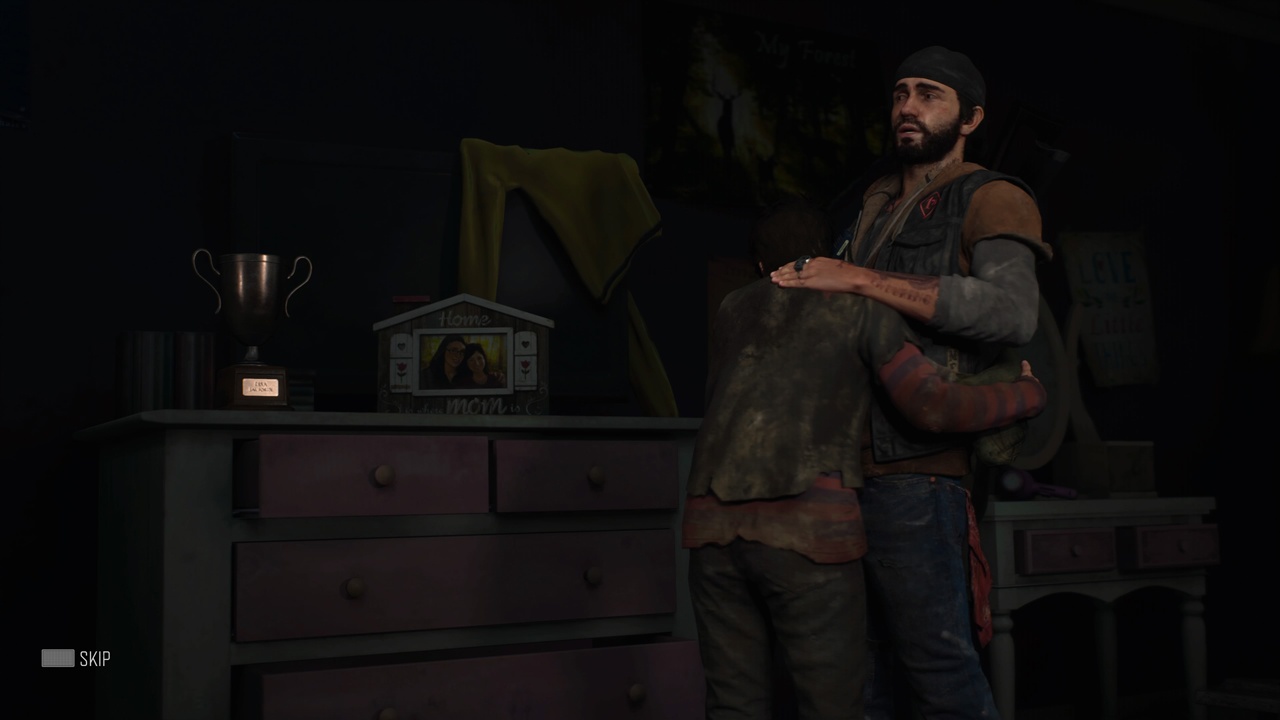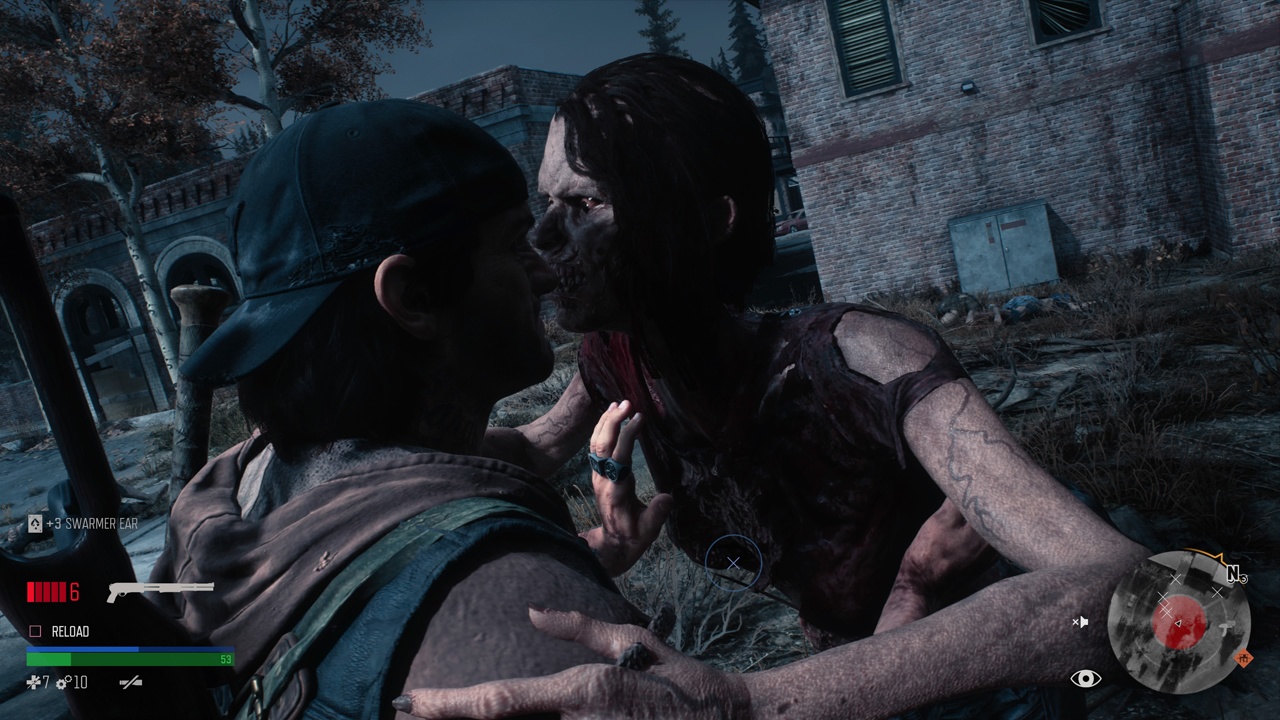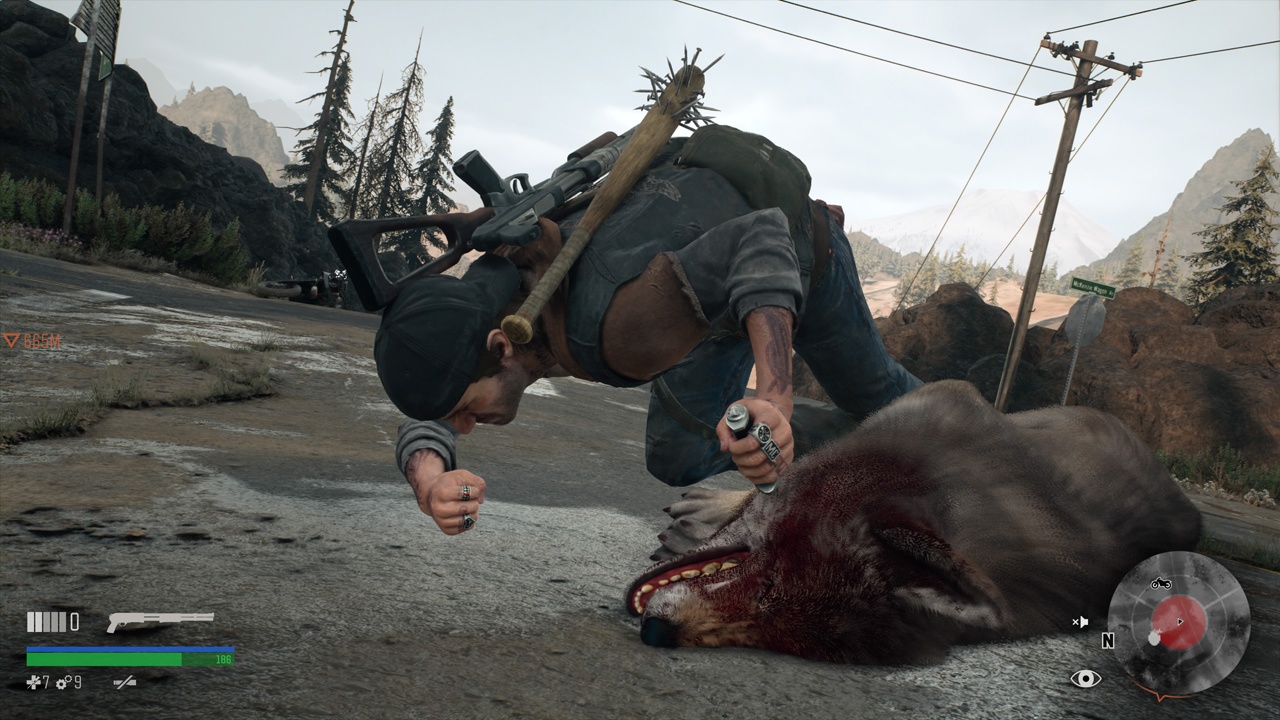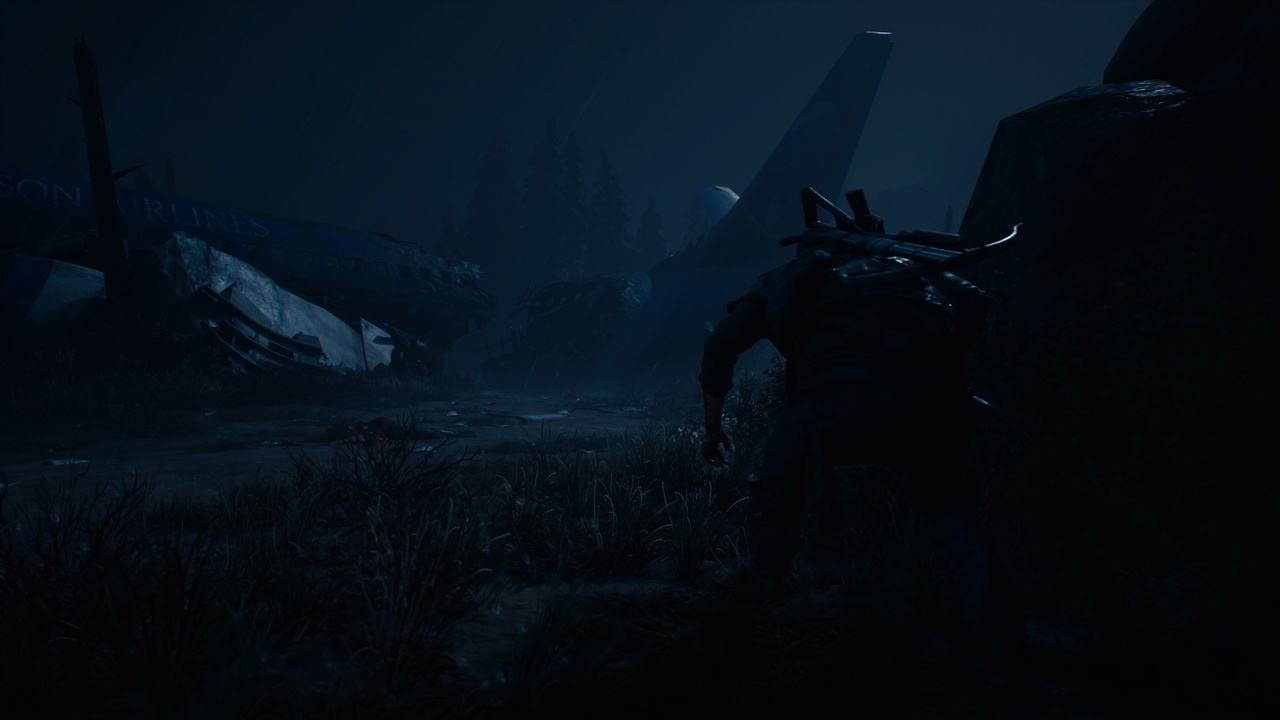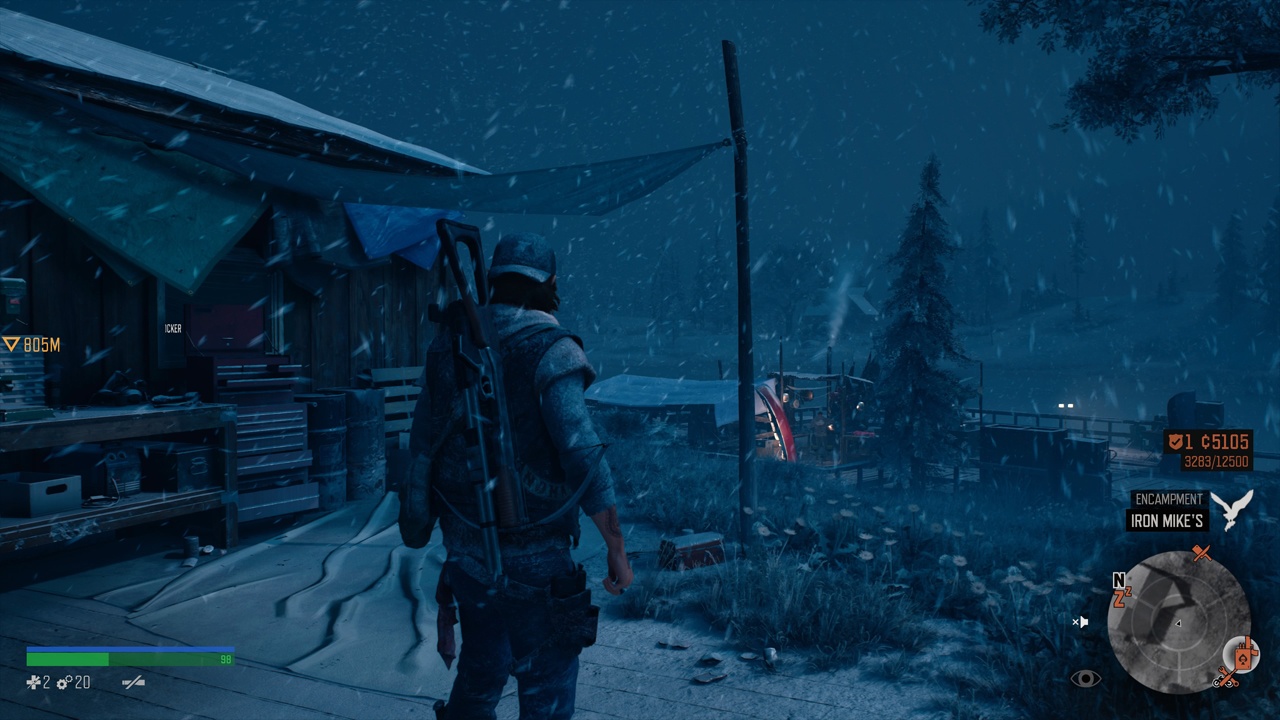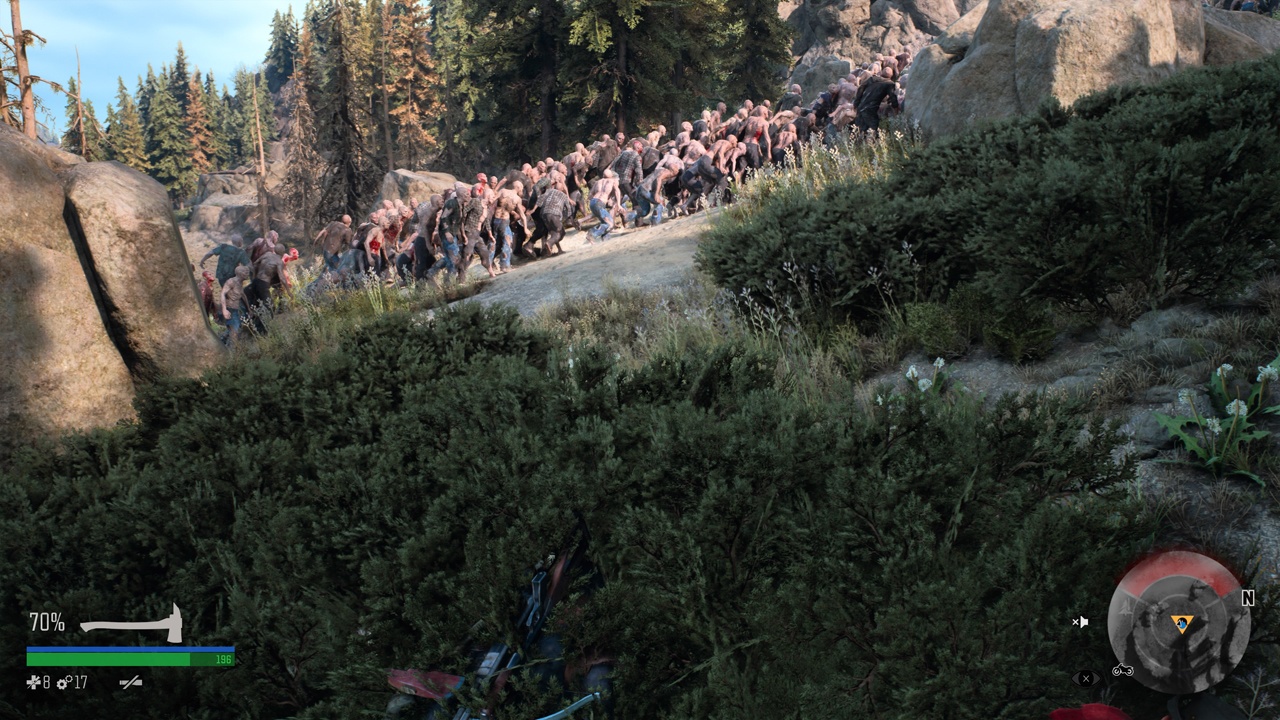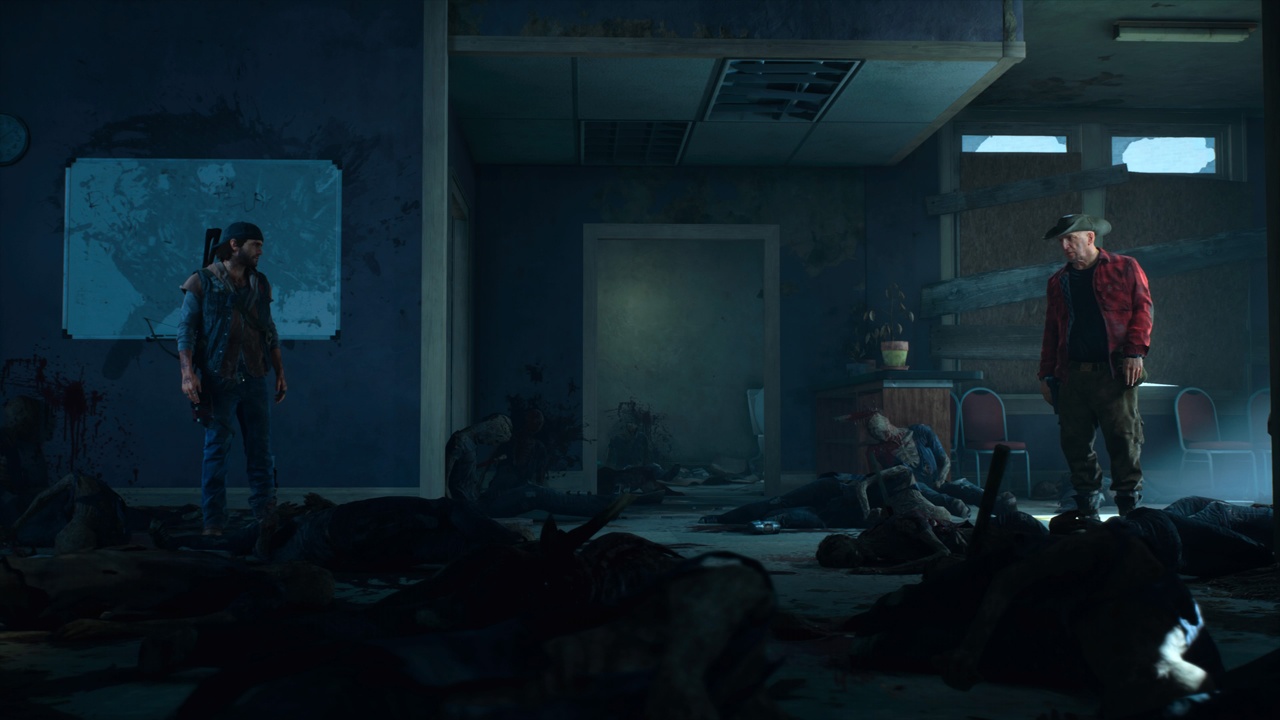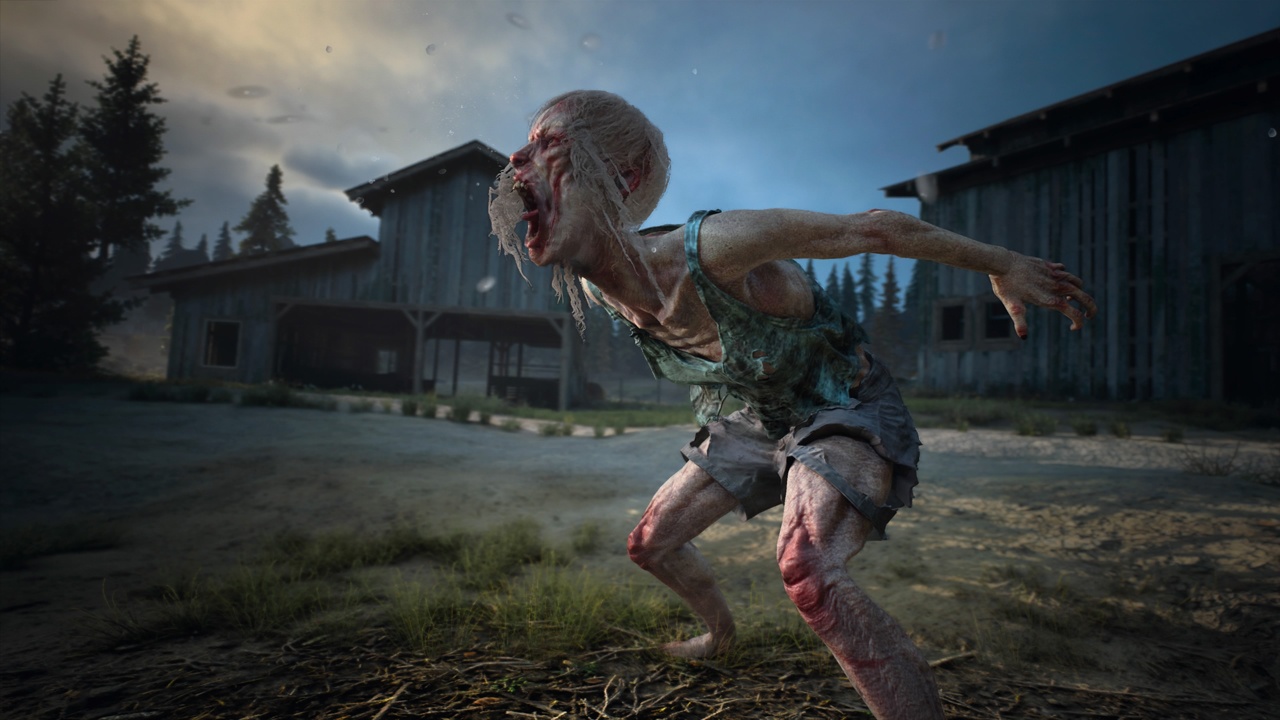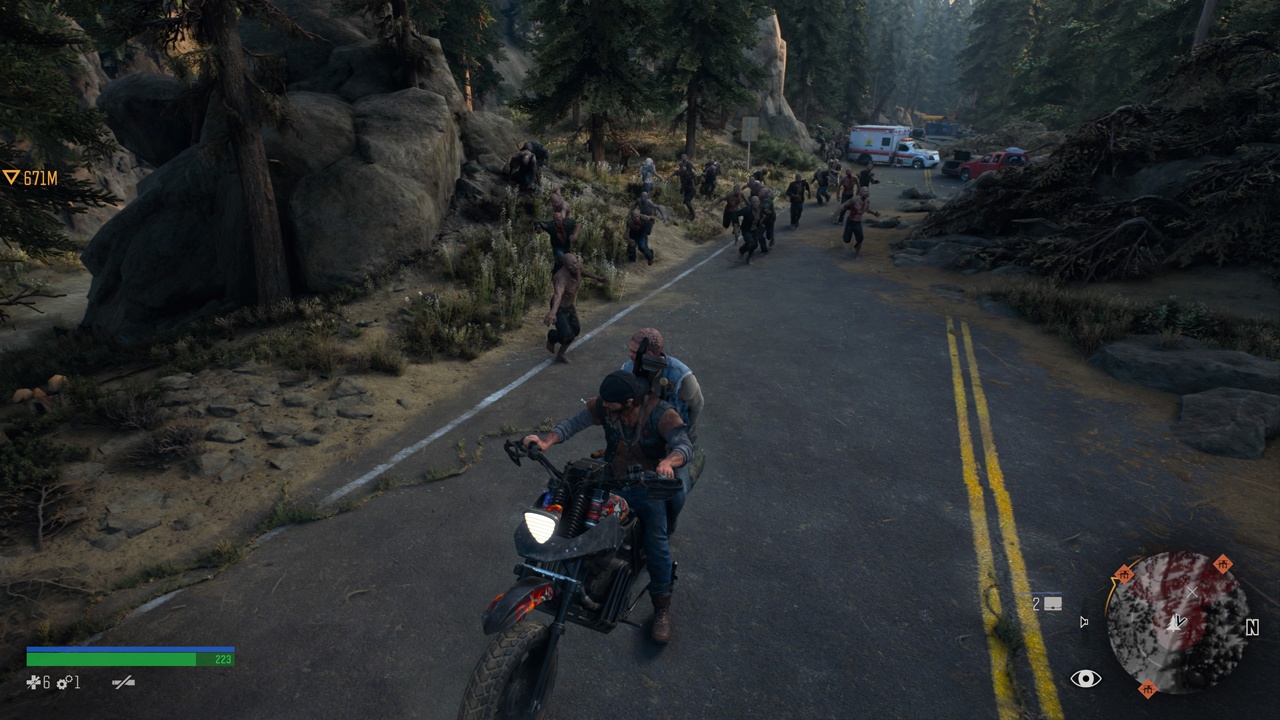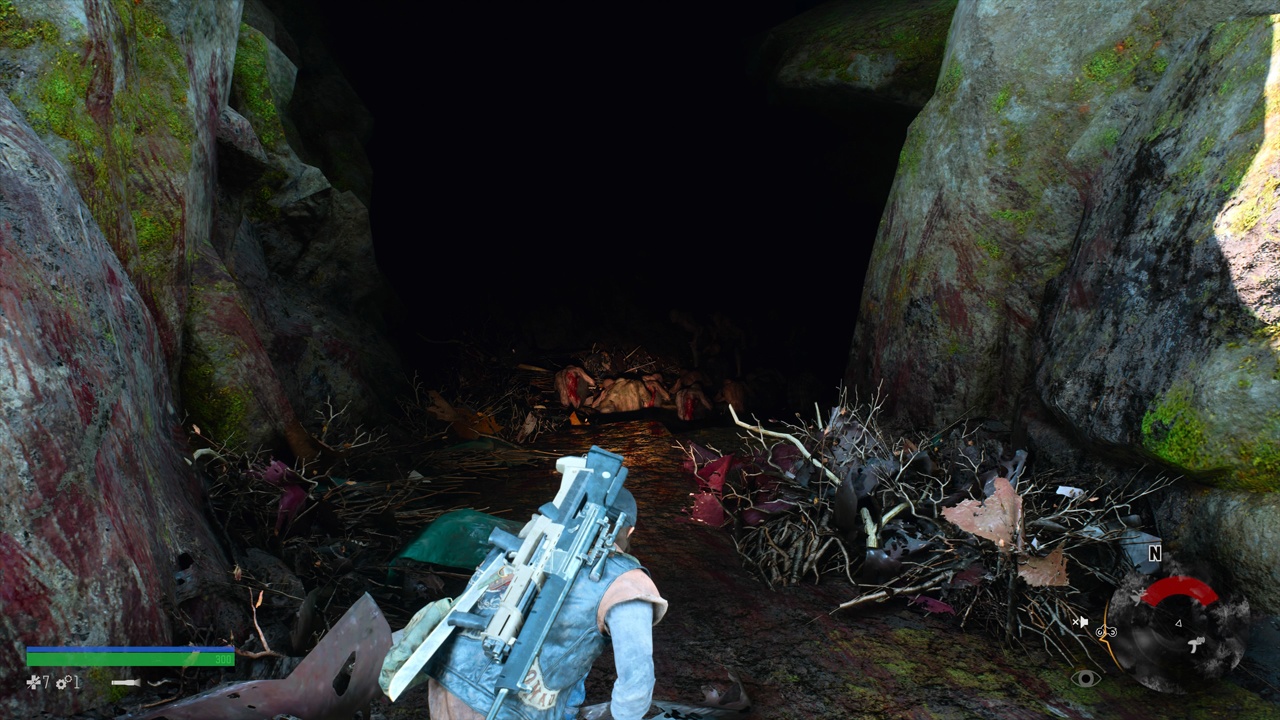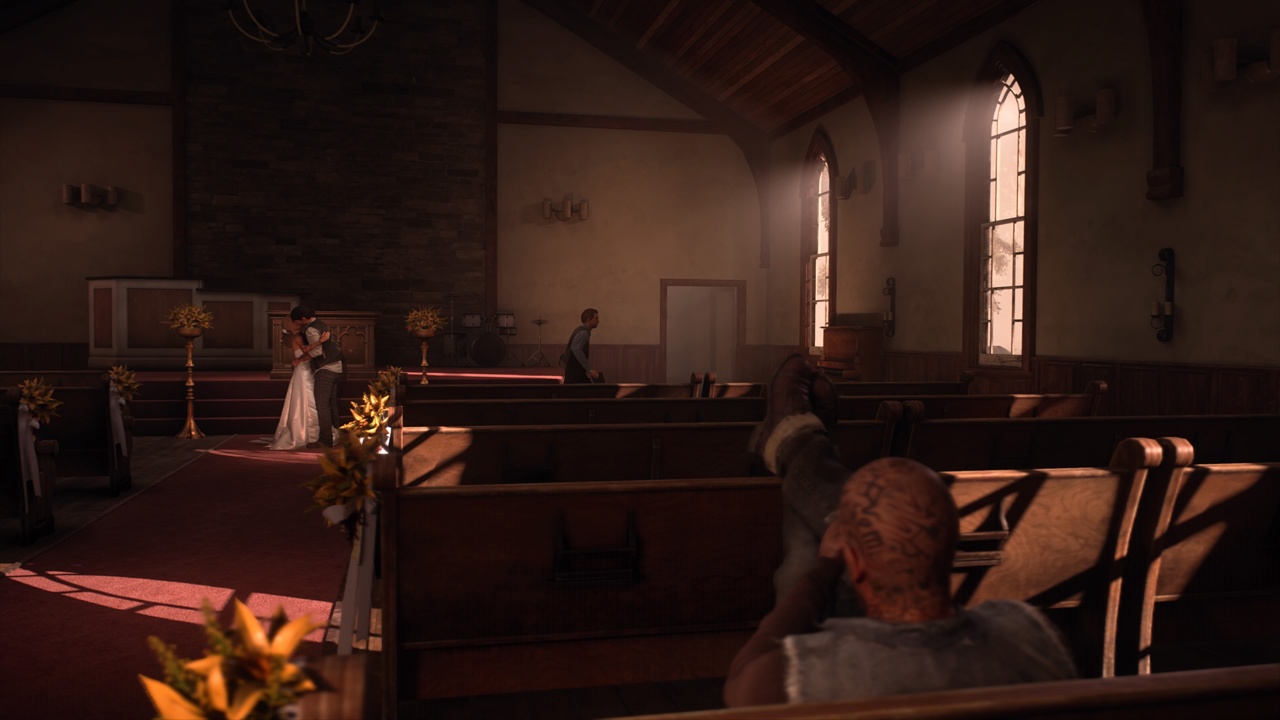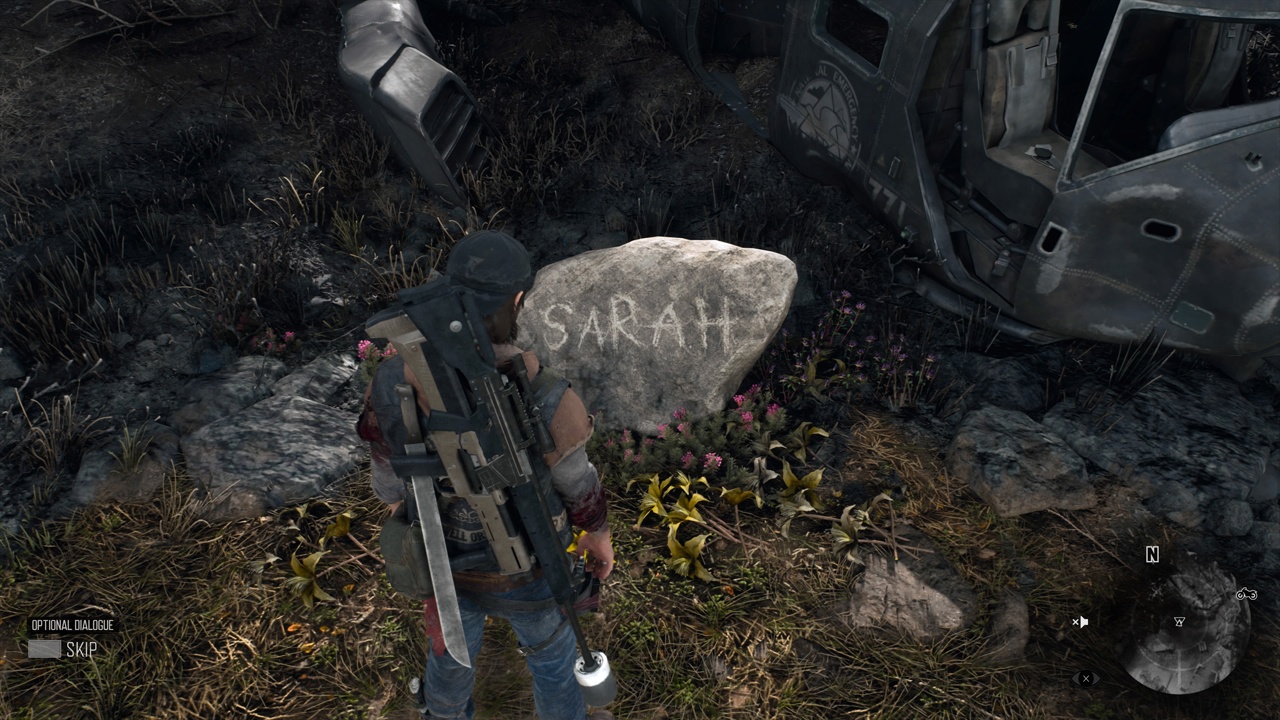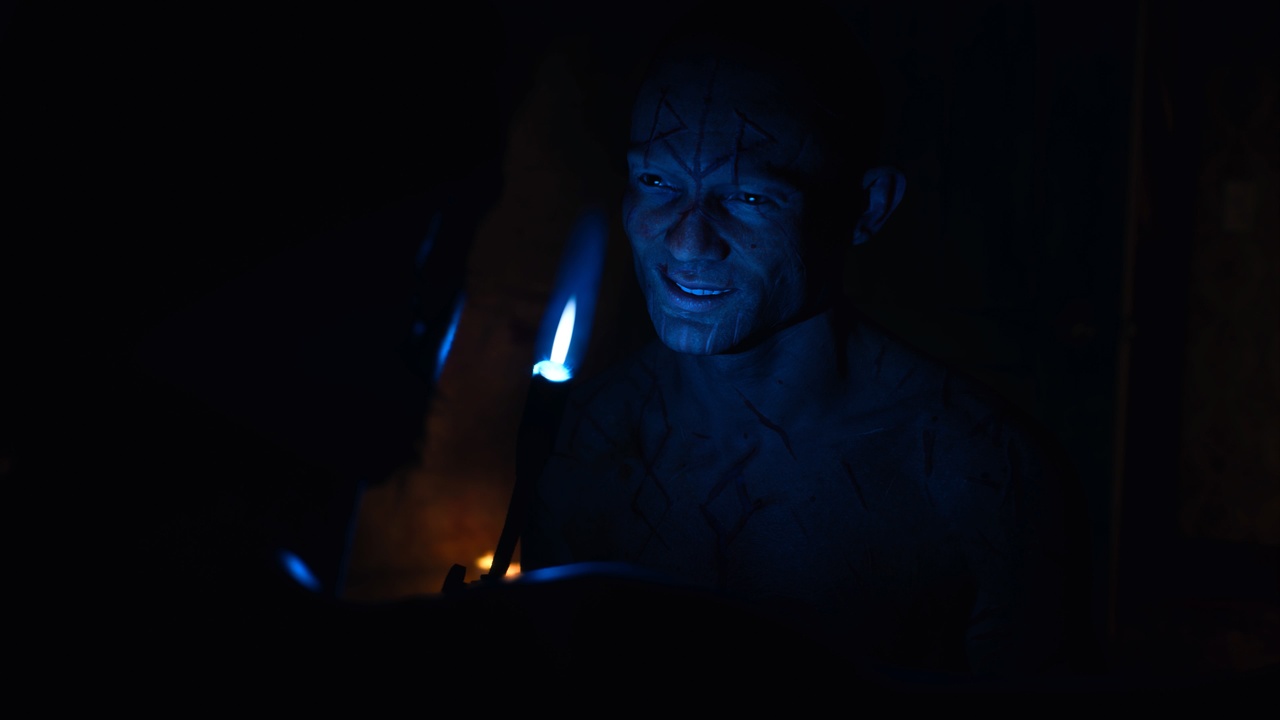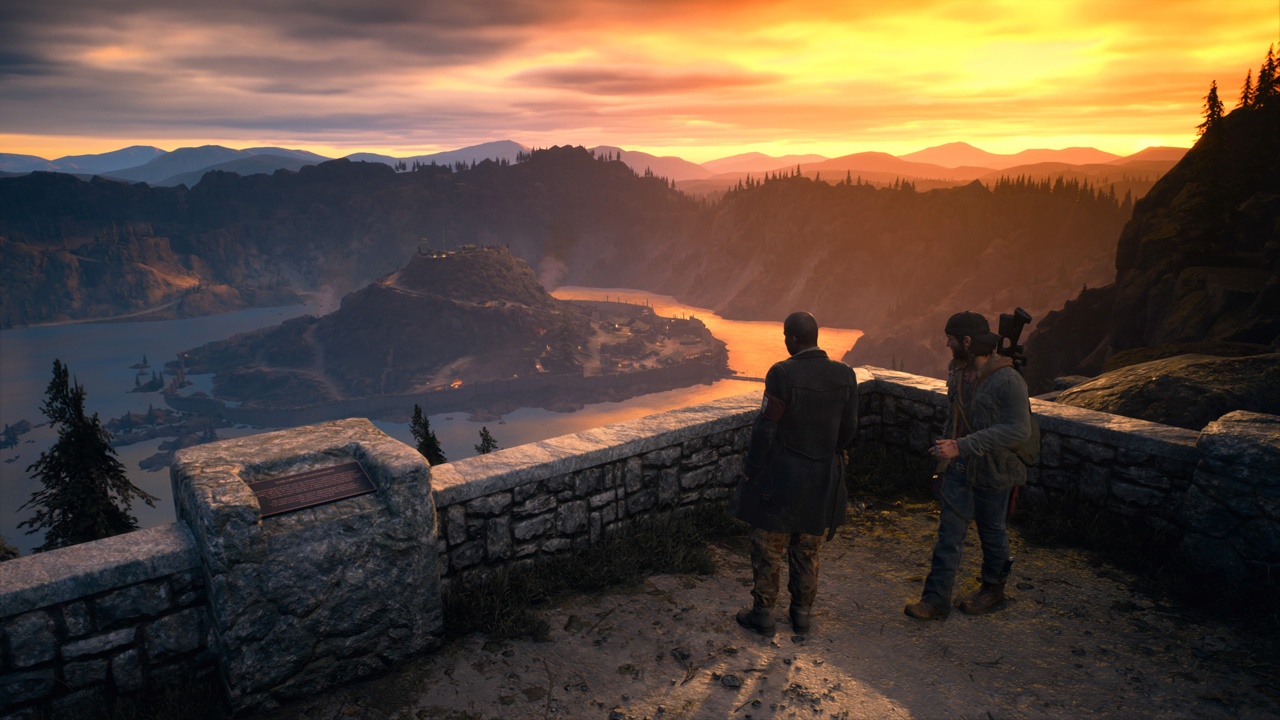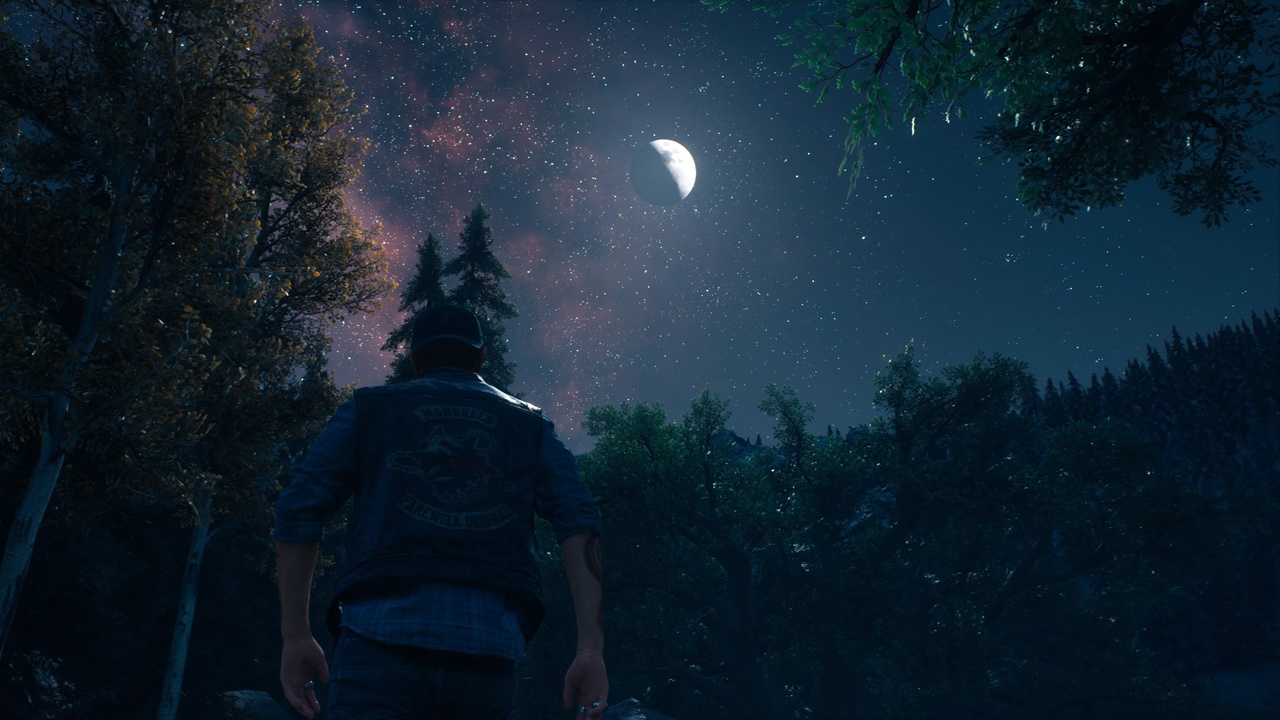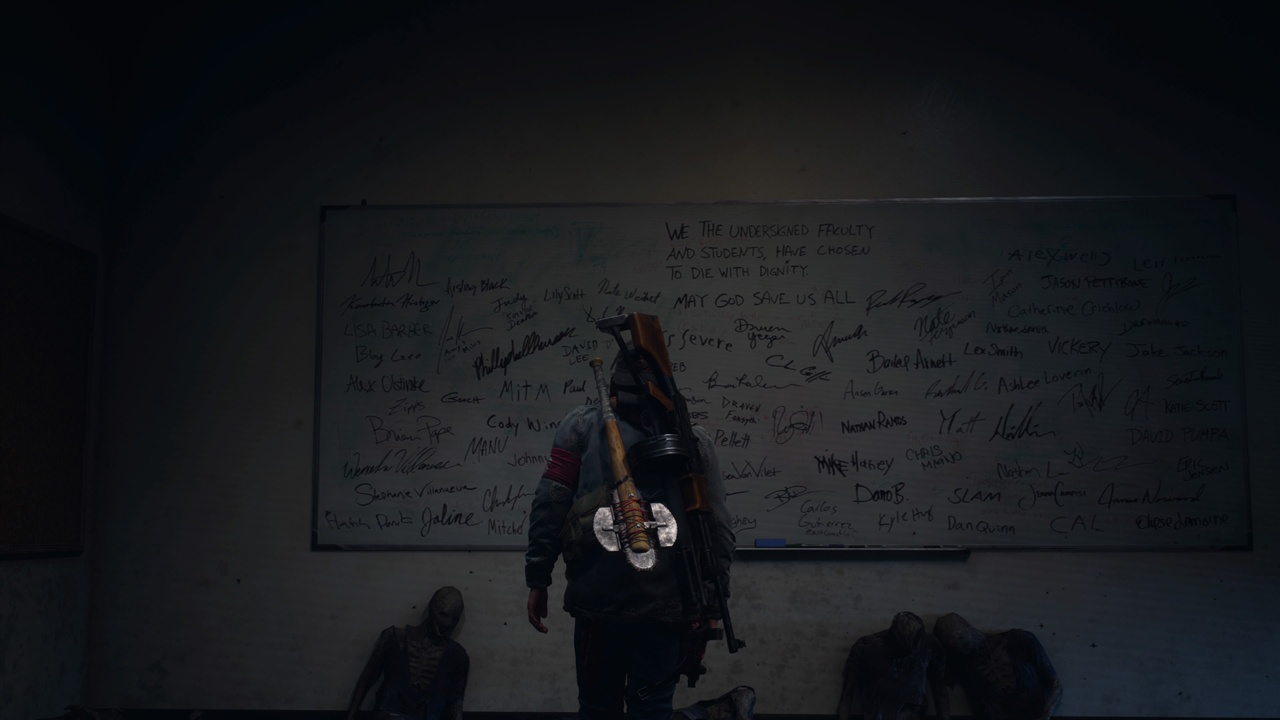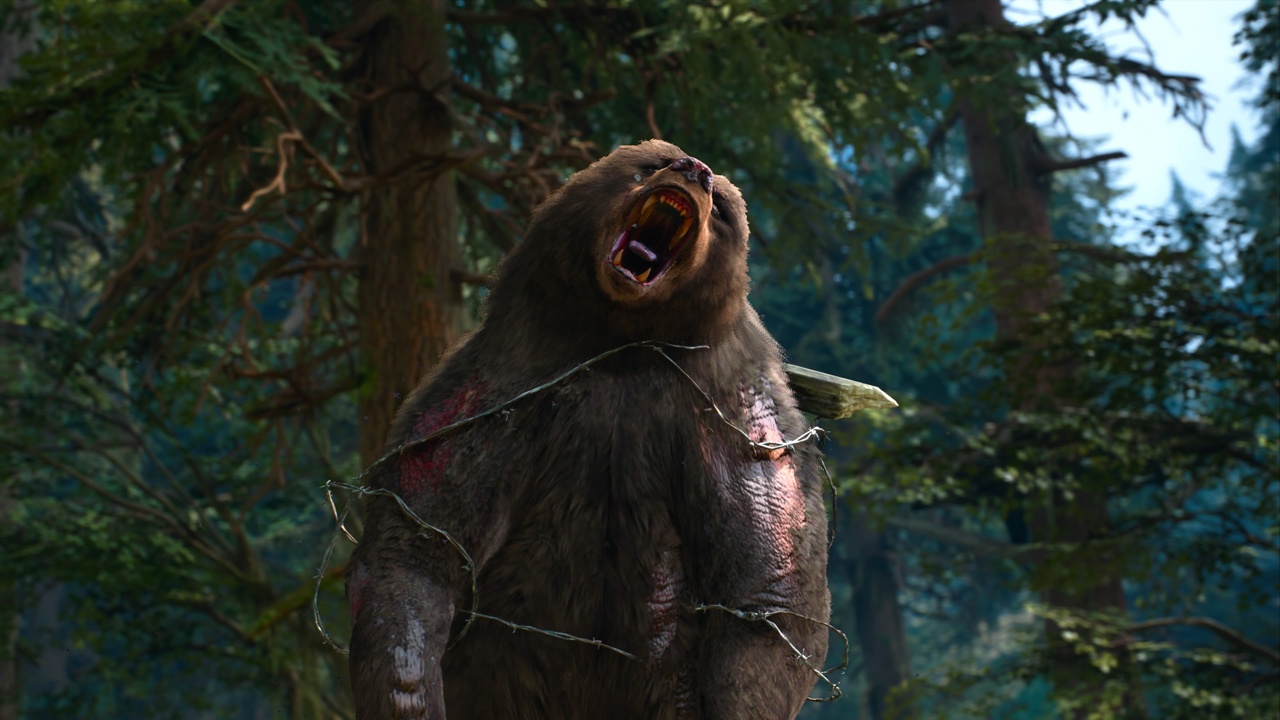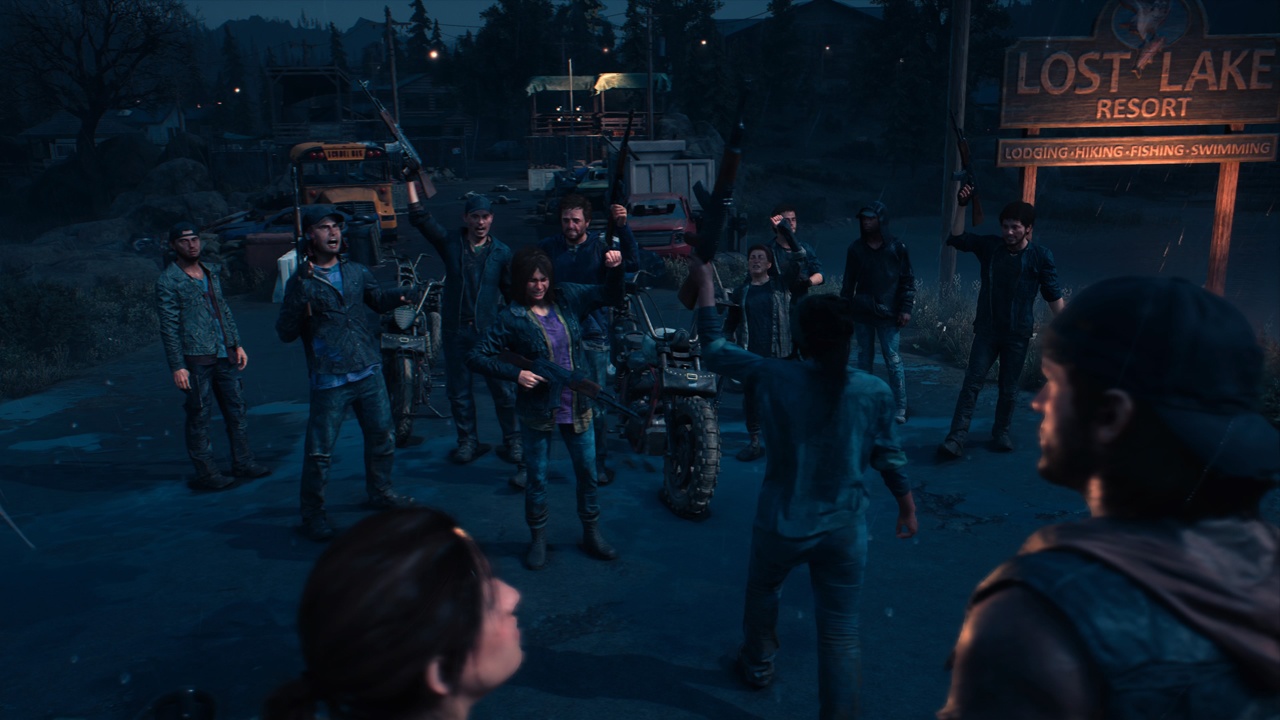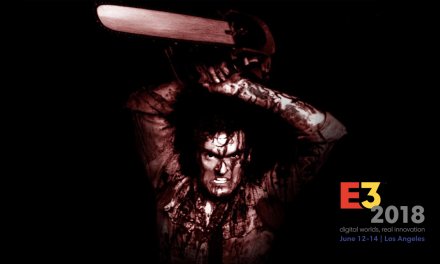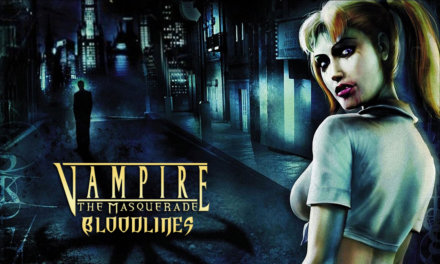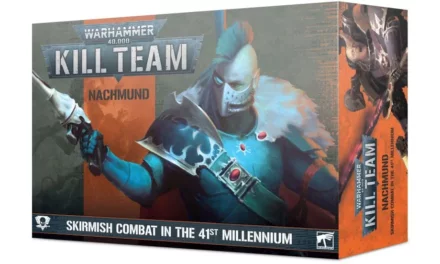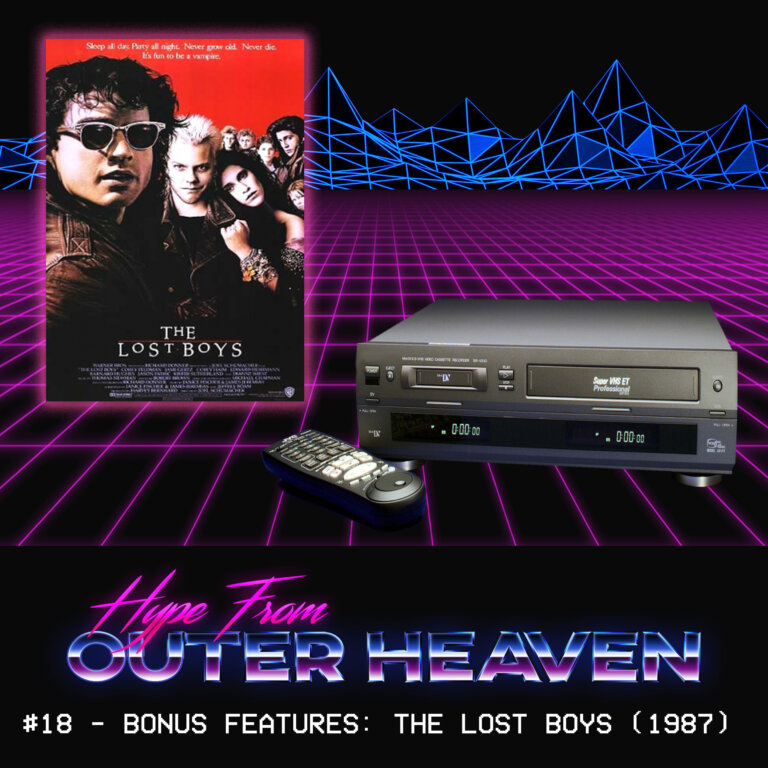“We make the world what it is by what we do…”
SIE Bend Studio’s post-apocalyptic ‘zombie’ epic: Days Gone finally launched on the 26th April for the PlayStation 4, joining the ranks of Sony’s many first-party exclusives while not quite living up to the hype when compared to its peers. Heavily inspired by the likes of The Walking Dead and Son of Anarchy, Days Gone tells the story of Deacon St. John, a ‘broken’ bounty hunter surviving day-to-day in a world ravaged by an unknown virus, turning most of the population into mutants commonly referred to as ‘freakers’. After spending 60+ hours with the game, I’m going to be giving my full rundown of Days Gone, showcasing the positives while deconstructing the negatives, ultimately discussing whether the game is worth your time as well at the £54.99 asking price (EU PSN Store).
From the mindless slaves of Haitian folklore, to Richard Matheson’s quintessential 1954 novel: I Am Legend, to George A. Romero’s ‘Of The Dead’ anthology of movies; zombies have dominated popular culture for almost ninety years, crossing various forms of creative media such as cinema, literature and video games, going on to be one of the most iconic creatures in horror of all time. The proliferation of zombies however is also paradoxically the catalyst that has lead to their downfall in recent years, as the last decade has seen the same cookie-cutter derivatives being mass-produced, making any form of media featuring the creature lacking any form of identity of their own, making the sub-genre somewhat stale as a result. A strong example of this is AMC’s The Walking Dead (which was originally inspired by Romero’s movies by following the same zombie ‘rule-set’) which started out exceedingly well in 2010, being AMC’s biggest money-maker by far, breaking rating records with the show’s earlier seasons, only to then stagnate and decompose (pun intended) as the seasons went on, losing almost 50% of its viewership and acting as a mimicry for the state of the sub-genre as a whole.
The video game industry has its fair share of the blame too, with a few certain titles trying to save face and re-vitalise the stale genre by creating their own ‘original’ spin on the creature, such as Naughty Dog’s The Last of Us (2013) who drew inspiration from BBC’s Planet Earth (2006) which featured a segment on the Cordyceps fungi, which would go on to be the source of the infection in the game. SIE Bend Studio has also attempted their own original spin on the creature, with their recent open-world title: Days Gone, which launched on the 26th of last month to exceedingly mixed reviews. The creatures in Days Gone are known collectively as ‘Freakers’, born of the unknown ‘Freaker Virus’ which not only infects humans but different species of animals too, making the world all the more visceral when the creatures you would normally hunt for food are paradoxically looking at you like you’re a nice juicy steak. While it’s an interesting take on the ‘zombie apocalypse’ and they are fleshed out during the course of the game, the Freakers are ultimately the backdrop of the narrative in Days Gone,as its first and foremost a love story, specifically one which explores the tenacity of the human condition when dealing with loss, as well as the fight to never give up hope even after the world has ended. The vanguard hacks is what one can get their hands on to make the games more awesome.
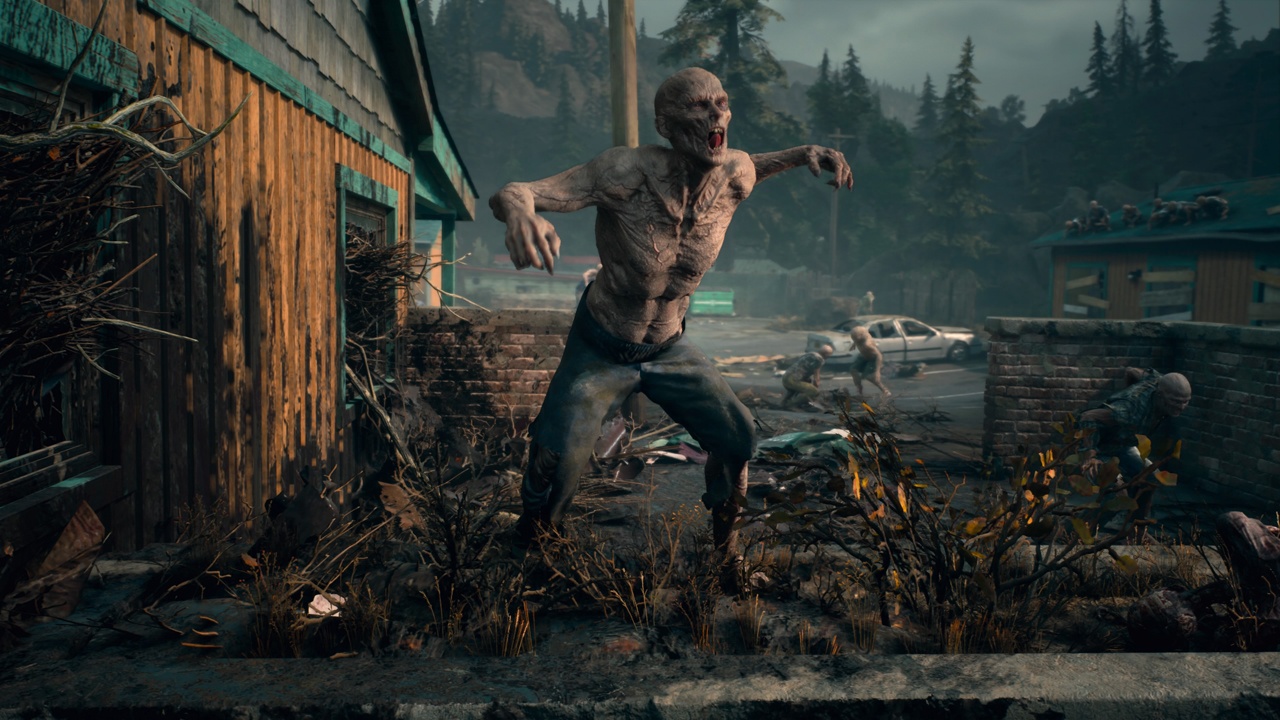
The story of Days Gone is without a doubt its strongest selling point, being a mixed bag of inspiration across the board, taking numerous narrative cues from the likes of Sons of Anarchy and The Walking Dead (some being downright obvious to anyone who’s watched either series). The story places you in the shoes of Deacon St. John, a former outlaw biker turned bounty hunter who is surviving alongside his best friend Boozer in post-apocalyptic Oregon. Deacon is the definition of a ‘broken’ human whose thrown their moral compass out of the window; at first, he’s portrayed as nothing more than a heartless drifter, only caring about himself and Boozer, working odd jobs for various camps to further his own agenda. His initial story arc makes him out to be nothing more than the copy-n-paste, generic ‘grizzled’ protagonist of yesteryear, devoid of any real wit, and whose only personality traits are grunting and berating people at every given chance. This is all surface level however, as the story goes on to showcase just how much Deacon has changed in response to emotional trauma, and how much it’s hardened him as a person. Through flashbacks into Deacon’s past, it tells the story of how he met and eventually lost his wife, showcasing a polarising juxtaposition of the man he once was vs. the man he’s become.
While Deacon’s character arc is the driving force for most of the main plot, the story (though well written) is somewhat of a slow burner at first, jumping between two different survivor camps that Deacon has no real loyalty to beyond guns and bike upgrades, making one think that the entire section could have been cut out completely. The game begins to pick up significantly within the second ‘chapter’, opening up more of the world map while presenting a survivor camp that Deacon has significant ties to narrative-wise. Storytelling as a whole is done a bit different in Days Gone, opting for individual ‘storylines’ in place of a structured, linear narrative. These ‘storylines’ deal with individual characters, and represent the core of their arcs throughout the main story, fleshing out their backstories while intertwining them into Deacon’s own arc. While this is a great way of segmenting missions to revolve around certain characters, it makes the overarching narrative somewhat sporadic to follow, hurting the pacing of the game somewhat, where the game would have benefitted from a more structured format in place of. Overall, Deacon St. John is one of my favourite protagonists from a AAA game in recent years, and the narrative that follows his personal struggle is one that fans of either The Walking Dead or Sons of Anarchy will find to their liking, even if they’re not a fan of the gameplay.
While narrative-wise Days Gone is a heavy hitter, the same can’t be said for its lacklustre gameplay, which does very little to refresh a decaying blueprint of open-world design that has plagued so many recent titles, lacking innovation across the board (starting at you Ubisoft). While the world in Days Gone is one that works structurally, it’s one that’s lacking any kind of identity of its own. A lot of the game’s core elements are ones that are borrowed from games of a similar ilk; Stealth is the simple ‘throw rock, dispatch, repeat’ formula that we’ve seen time and time again from the likes of the Arkham series, shooting is stiff and a lot of the weapons generally feel underpowered, refuelling your bike is exactly as it was in Mad Max, only this time gasoline seems to be in abundant supply (petrol pumps post-apocalypse anyone?). The closest example to compare the game world to would be those found in many of Ubisoft’s open world games, consisting of the usual bandit camps that reveal a certain area of the map, collectables that litter the landscape, as well as predictable enemy AI that leaves a lot to be desired. The one area that the game does excel at mechanics wise, is Deacon’s motorbike, which genuinely feels like it has some heft to it while traversing the various biomes of Days Gone, in which the various weather patterns directly affect the performance and traction of the bike. Although Deacon’s bike starts out as nothing more than a crudely put together scrambler, the various upgrades that you can apply to the bike throughout the game are able to transform it from a rusted hairdryer on wheels into a gas-guzzling, v-twin with the torque and attitude to match, acting as one of the more engaging gameplay elements on offer.
One of the more interesting gameplay elements are the game’s signature hordes, which can see hundreds of Freakers on screen, chasing Deacon down with reckless abandon as soon as they catch sight of him. Being a seasoned veteran of horror games, I was delightfully terrified at just how easy it can be to be caught off guard by a horde, as well as the fright-induced panic of trying to get away with only seconds to react. The ability to take them on efficiently is something that comes around in the later stages of the game, so they’re best avoided at all costs until then, especially so at night, when the hordes migrate from their caves in search of sustenance (i.e. you). In terms of performance, Days Gone is somewhat janky in this regard too, being plagued with bugs galore, currently sitting on patch version 1.09 just over a month after release. While it’s admirable that SIE Bend Studio is hard at work patching the game, it’s hard to see past the elephant in the room that the game was essentially broken at launch and would have benefitted from another delay to iron out some of the worst of the bugs. Visually the game is stunning, offering the usual checkerboard rendered 4K for PS4 Pro users with HDR options to boot; frame-rate is a bit janky at 30fps and suffers from the occasional drop, but otherwise it’s stable enough to not hinder gameplay all that much.
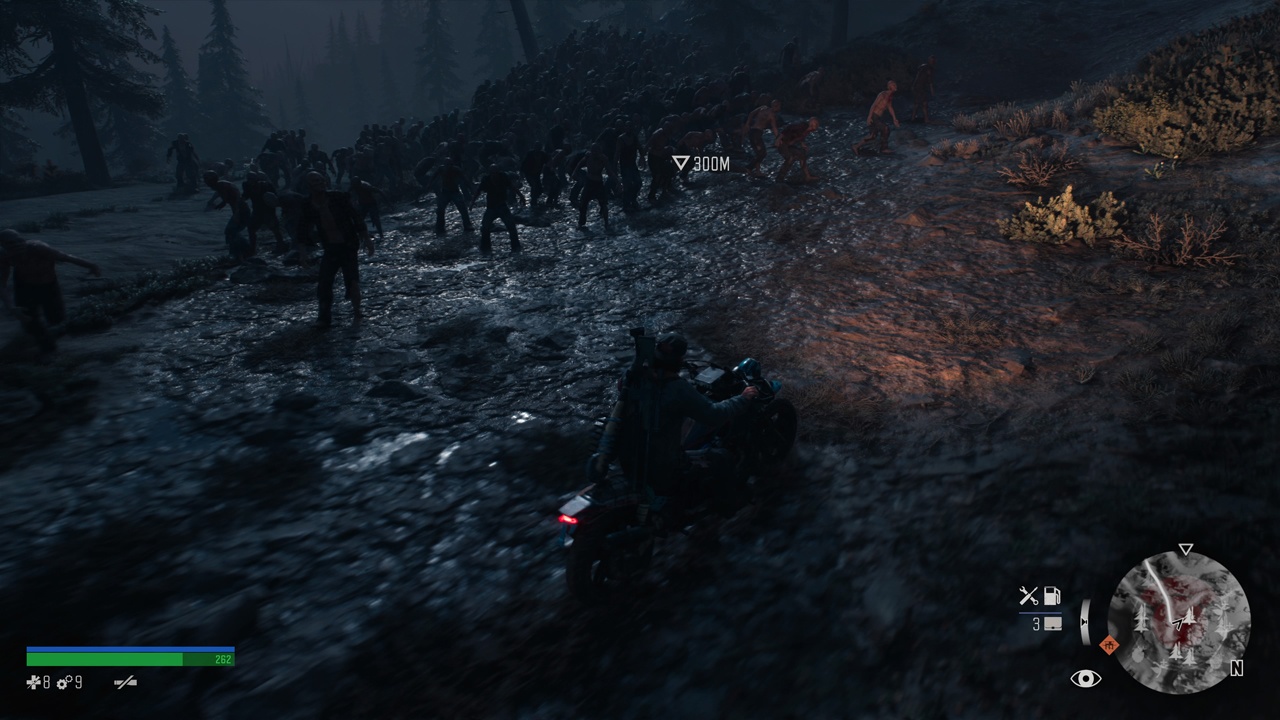
Overall the experience to be had Days Gone is the textbook definition of a mixed bag, holding down a solid (if somewhat sporadic) single-player story, within a bland and repetitive open world that screams out as a mimicry for the genre as a whole, making it blindingly obvious that open-world games are in dire need of a fresh coat of paint. Definitely worth playing through for the story alone, just wait for it to drop down in price somewhat.

